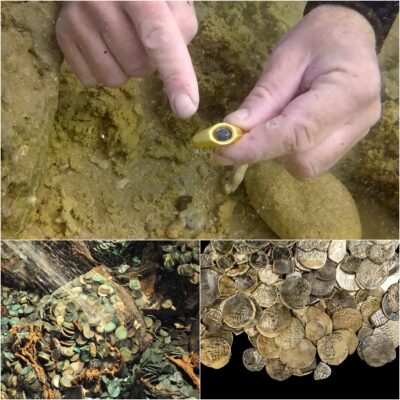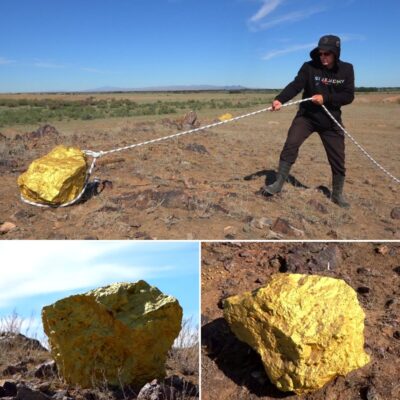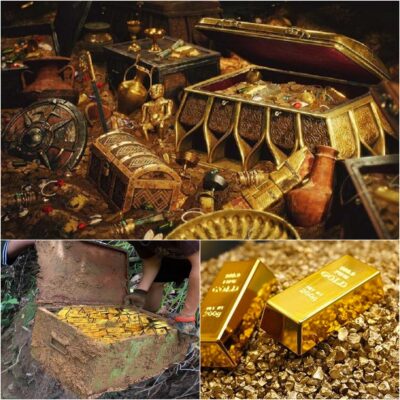On our seemingly small planet, there are still many unexplored lands. Especially the creatures lurking in the ocean waiting for humans to find.
One such strange creature is the Artemia Salina, an ancient shrimp that has been around for about 100 million years. This aquatic crustacean lives near the bottom of the oceans and surprisingly has some amazing survival abilities, allowing it to live for a long period of thousands of years.
Amazing adaptability
Artemia Salina is one of the most adaptable animals, being able to live in extreme conditions without being affected. Even when burned, submerged in chemicals, even boiled in water, it still does not die.
Not only is it “immortal” at high temperatures, this amazing creature is so adaptable that it still lives at -273 degrees Celsius.

One of the most obvious features is its ability to survive under heavy atmospheric pressure because it lives in the depths of the ocean. Not only in the sea, it also survives in space. In 1972, when Apollo 16 launched into space to test the effects of cosmic rays, the astronauts also took Artemia Salina to see if it survived, and the results completely surprised them.
You will be even more surprised to learn that this is just an extremely small animal, only 15mm long on average.
Miraculous Resurrection
Females do not need males and can still reproduce easily. Because they can lay eggs and then hatch immediately. If in extreme temperature conditions or lack of food, the female lays out a hard shell containing fully developed larvae that will emerge from the shell when the “opportunity” presents itself.
In the early 90s, some petroleum prospectors dug and found a bunch of these hard shells laid by Artemia Salina. When they bring the shells ashore, they hatch, but the larvae inside are already adults.

From in-depth analysis of the shells, carbon traces show that they are more than 10,000 years old, fully developed larvae inside waiting to arrive at a more favorable place to hatch. This also means that small shrimp larvae can survive much longer if left untouched. Maybe even 10,000 years or… 100,000 years.
Experts say that the organism, while inside its hard shell, can resist extreme water loss by up to 97%. Once there, it will enter a long period of freezing, much like how a bear hibernates in winter, but much more complicated.
This process is known as anhydrobiosis or, to put it more simply, life without water, giving rise to the ability of an organism to live in almost no water. That is truly a miracle.











